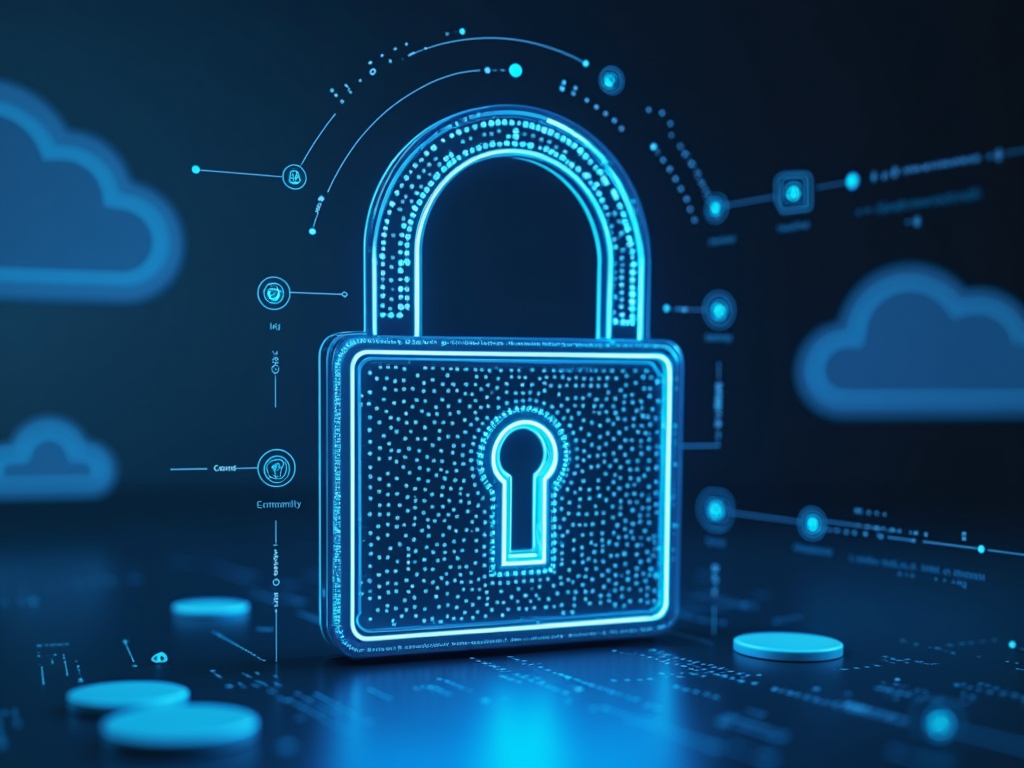5 Must-Have Security Tools for Remote Teams in 2025
As the world continues to shift towards remote work, ensuring the security of your team’s digital presence is more crucial than ever. With employees working from various locations, it’s essential to have robust security tools in place to protect against cyber threats. In this article, we’ll dive into the top 5 must-have security tools for remote teams in 2025.
1. Virtual Private Network (VPN)
A VPN is a fundamental security tool for remote teams. It creates a secure and encrypted connection between your team’s devices and the internet. This ensures that all data transmitted over public networks, such as Wi-Fi or the internet, remains protected from prying eyes.
Why it’s essential: With a VPN, you can:
- Encrypt sensitive data, like login credentials and financial information
- Bypass censorship restrictions in certain countries or regions
- Protect against man-in-the-middle attacks (MITM) when using public networks
Some popular VPN options include ExpressVPN, NordVPN, and TunnelBear.
2. Endpoint Detection and Response (EDR)
An EDR solution is designed to detect and respond to endpoint-based threats in real-time. This includes monitoring and analyzing device activity for signs of compromise, such as unusual login attempts or file modifications.
Why it’s essential: With an EDR tool, you can:
- Detect and respond to endpoint-based attacks, like malware and ransomware
- Gain visibility into device activity, even when users are off-network
- Automate incident response processes to minimize downtime
Some popular EDR options include CrowdStrike Falcon, Carbonite MDR, and Palo Alto Networks WildFire.
3. Cloud Access Security Brokers (CASBs)
A CASB is a cloud-based security tool that monitors and controls access to cloud services, such as SaaS applications and file-sharing platforms. This ensures that your team’s data remains secure and compliant with regulatory requirements.
Why it’s essential: With a CASB, you can:
- Monitor and control access to cloud services, like Google Drive or Dropbox
- Enforce data loss prevention (DLP) policies for sensitive information
- Integrate with existing security information and event management (SIEM) systems
Some popular CASB options include Zscaler Cloud, Symantec DLP, and Netskope.
4. Privileged Access Management (PAM)
A PAM solution is designed to manage and control access to privileged accounts, such as administrative or root-level credentials. This ensures that only authorized personnel can access sensitive systems and data.
Why it’s essential: With a PAM tool, you can:
- Limit access to privileged accounts, reducing the attack surface
- Implement multi-factor authentication (MFA) for added security
- Automate password rotation and account lockout policies
Some popular PAM options include BeyondTrust PowerBroker, Lieberman Software Privileged Identity Management, and Centrify.
5. Security Information and Event Management (SIEM)
A SIEM system is designed to monitor and analyze security-related data from various sources, such as logs, network traffic, and endpoint activity. This enables your team to detect and respond to security incidents in real-time.
Why it’s essential: With a SIEM tool, you can:
- Monitor and analyze security-related data from various sources
- Detect and alert on potential security incidents, like malware outbreaks or suspicious login attempts
- Automate incident response processes to minimize downtime
Some popular SIEM options include Splunk Enterprise, ELK Stack (Elasticsearch, Logstash, Kibana), and SolarWinds Security Event Manager.
In conclusion, these 5 must-have security tools are essential for remote teams in 2025. By implementing a VPN, EDR, CASB, PAM, and SIEM solution, you can ensure the security and compliance of your team’s digital presence. Remember to always prioritize security when working remotely, as it’s easier to fall victim to cyber threats without proper safeguards in place.



